Drink Nutrend Carnitin 750 ml (no coffeine)
2,10 €
In Stock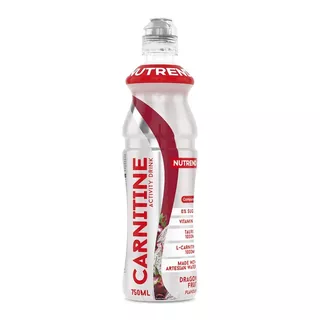
Compared products
2-year warranty
2,10 €
In Stock
Skateboard Shaun White Core is a great skate set for all riders who demand high quality. Seven-layered board made of Canadian maple glued with epoxy resin has a high resistance, flexibility and durability. The skateboard is as wide at the front as in the rear (Double KickTail - double tail), making it easier to perform tricks, because the rider does not need to pay attention to where the board has beginning or the so called nose. Skateboard Shaun White Core diverts the accumulated energy recovered by landing away from the sensitive area, is light, solid and with quality chassis that is heat-treated, can withstand any hard impacts. The wheels are perfectly adhesive to any surface and in combination with chrome ABEC 7 bearings with precision grooving ensure excellent performance even at extreme rides. In addition, the skate was designed and developed in cooperation with Shaun White – the world champion in skateboarding and double Olympic champion in snowboarding, which he and his team carefully tested. Skateboard Shaun White Core is ideal for jumping on U ramp, riding at the skate park or a free ride. It is suitable for beginners, but advanced riders who perform complex tricks appreciate it as well.
Technical description:
| Board length | 32 " |
|---|---|
| Board material | Canadian maple |
| Weight limit (kg) | 100 kg |
| Bearings | ABEC 7 |
| Board thickness | 10 mm |
| Number of deck layers | 7 |
| Wheel material | HE urethane |
| Board width | 20.50 cm |
45 €
In Stock
36 €
In Stock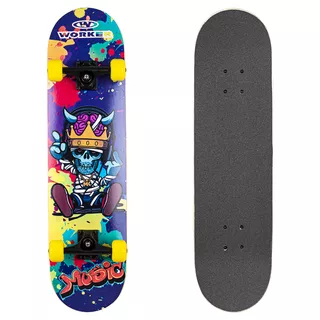
34 €
Within 5 Days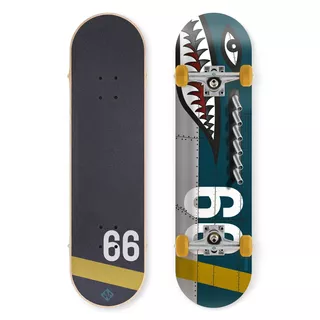
34 €
Within 5 Days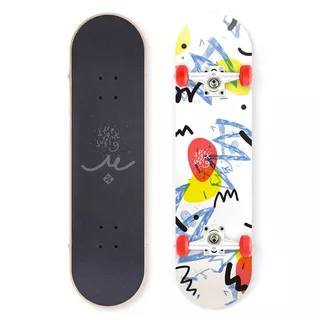
34 €
In Stock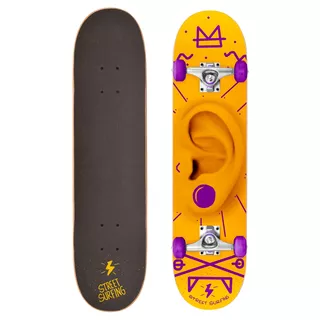
31,50 €
In Stock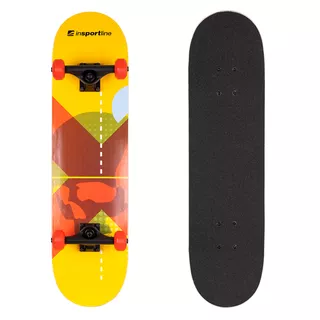
31,10 €
In Stock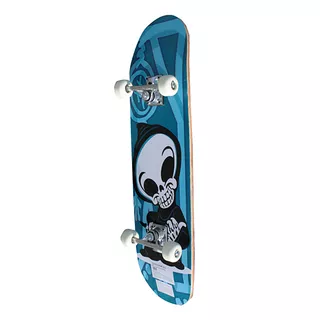
29,20 €
In Stock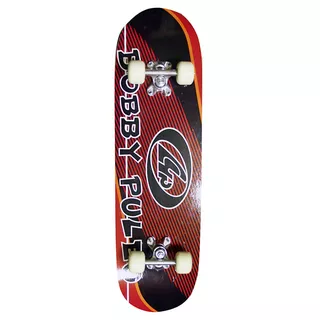
We are sorry, but this product is no longer available.